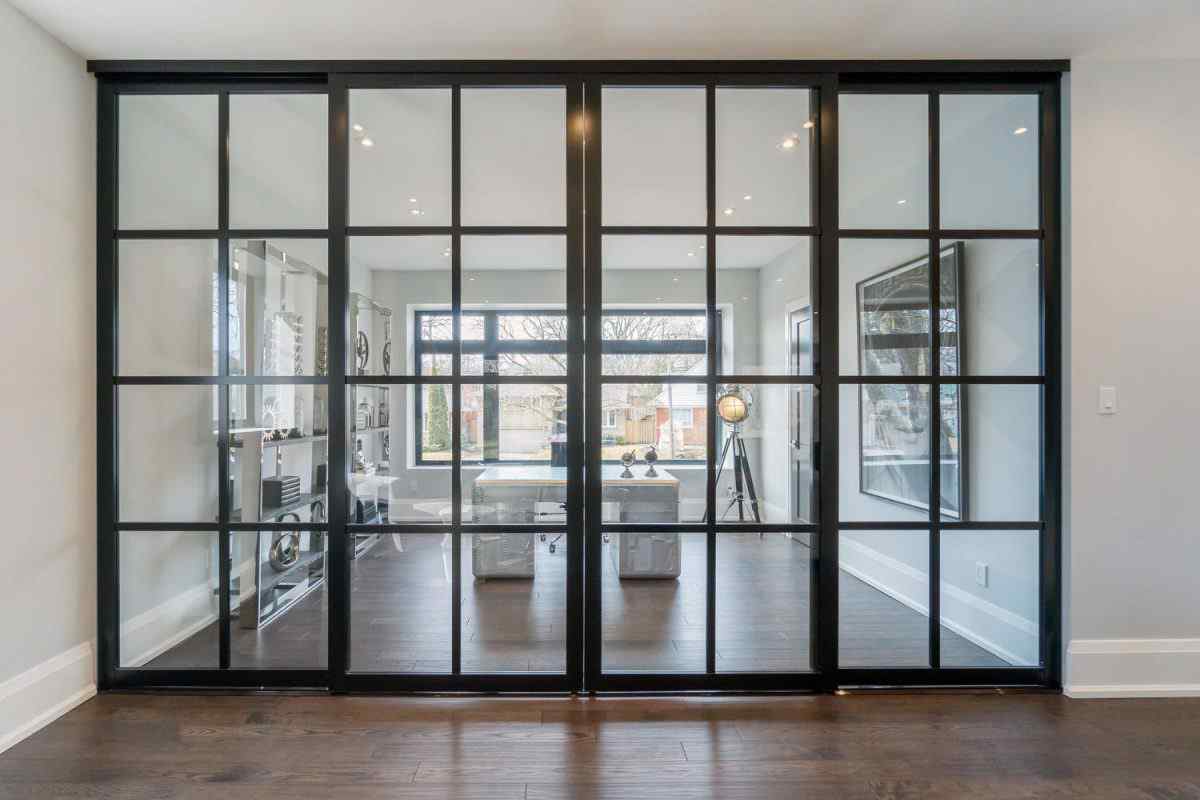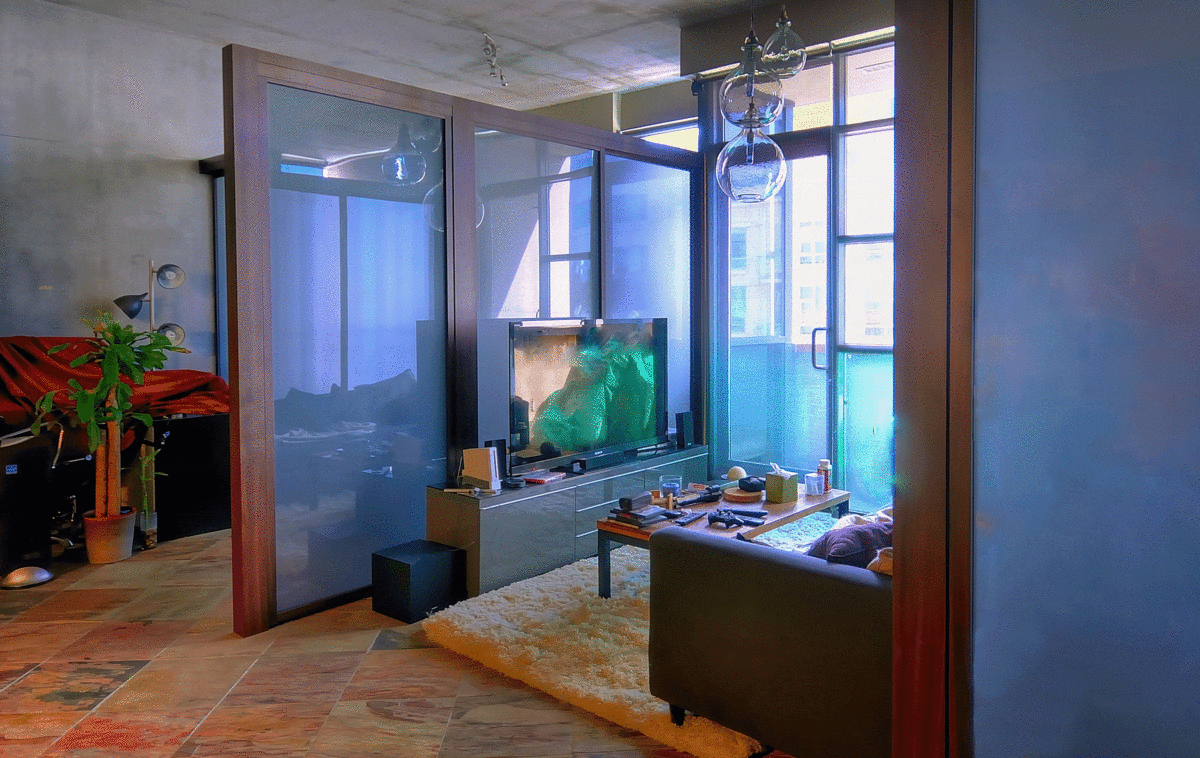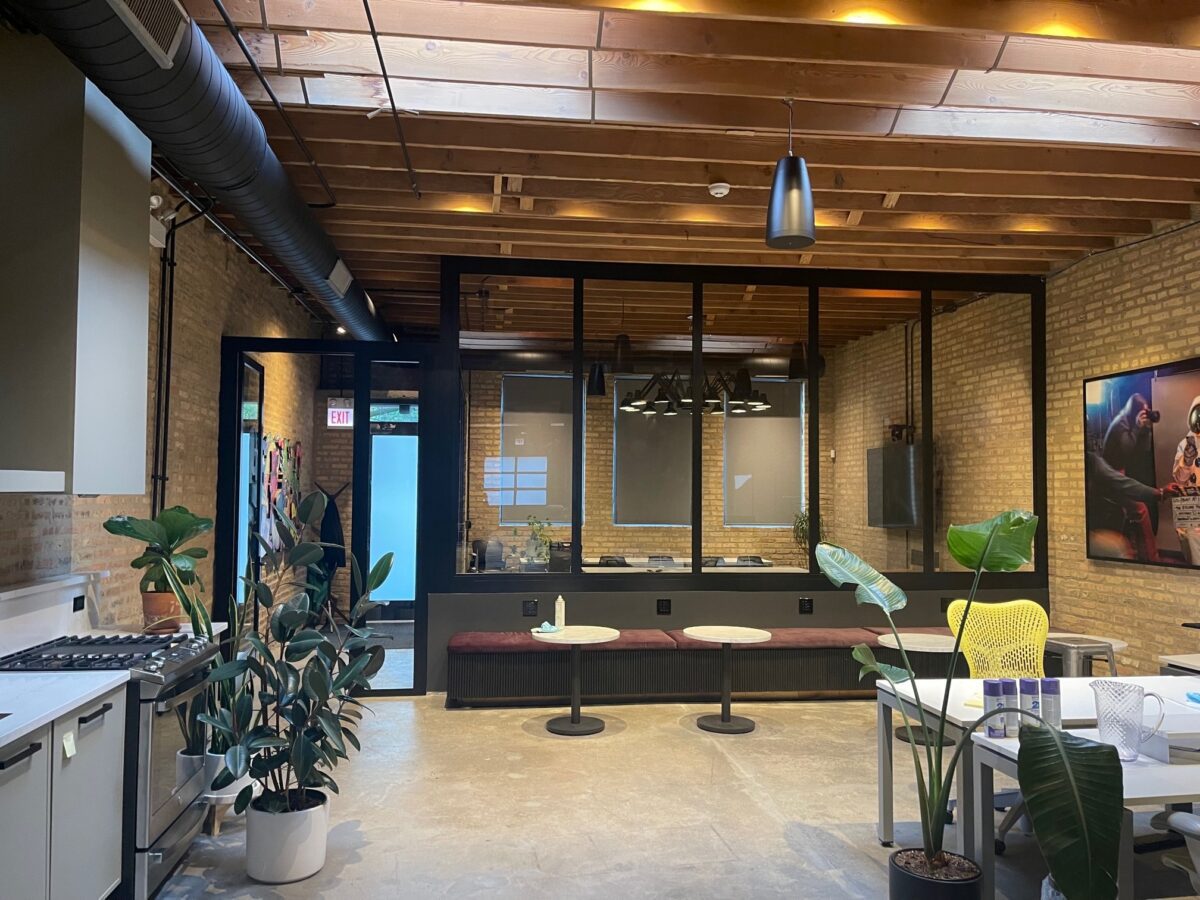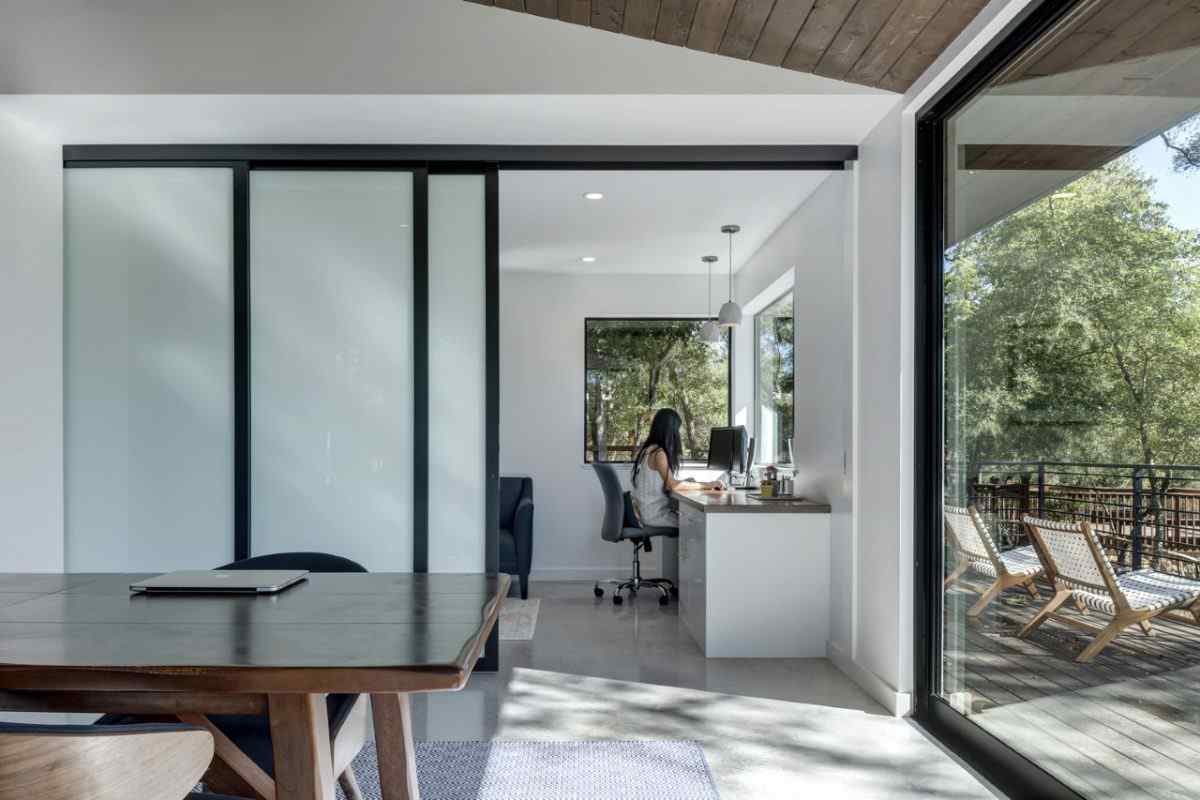How a Less Is More Approach is the Answer We’ve All Been Searching For
In a time of global upheaval, with the rise of a novel and unprecedented pandemic, we all seem to reconsider our values, our lives, and our current atmosphere. With the majority of us stuck indoors for the foreseeable weeks, perhaps even months, we turn to our current environments to reevaluate meaning and purpose. While as a collective, we have been seemingly accustomed to the practice of buying and accruing material goods, now is a time when we must discard these old ways and unnecessary expenditures, and evolve with sustainable, reasonable design efforts and updated purchasing behaviors.
In which specific arenas are we most called to look? We should all be carefully considering our homes, our material possessions, the food we consume, our technologies, and the clothes we put on our backs. All of these materials, goods, services, and products have defined us for so long. With a global trend of ceaseless spending, unconscious material sourcing and usage, we have unfortunately arrived at a widespread environmental disaster that now dictates our very humanity. Yet despite the overwhelming hurdles we must overcome, we have the chance to start redefining our lifestyles starting today. Because so many of us have extra time on our hands, now is the perfect opportunity to take a closer look into our surrounding environment, and notice all the ways in which we can improve our human existence, for the betterment of the planet, as well as for our fellow animals and humans alike. Adopting a sustainable mentality of reduce, reuse and recycle we can move forward with clarity and direction.
Below, is a comprehensive outline of how to adopt the wonderful concept of Minimalism into everyday life. We’ll go over Minimalism in the Workplace, Minimalism at Home, The Minimalist Shopper, and The Mindset of a Minimalist.
Minimalism in the Workplace
Known to increase productivity, and reduce feelings of stress and anxiety, bringing minimalism into your workday can generate a seriously positive impact. The idea many hold that minimalism simply means owning less stuff, is just simply not accurate. While starting at a minimalist approach to consumerism is never a bad thing, this concept extends far further than just tangible goods. Minimalism also investigates how on a psychological level, when we become acutely aware of our surroundings, and the values that we bestow things, we are better able to judge and discern between what really matters, and what we truly need to exist in our best form. This concept asks us to look at whether we are prescribing a greater value and importance on our material possessions than we are our health and wellbeing, and our relationships. Our relationship to the physical world, as well as with other sentient beings. The idea is that we first must become clear on what we value, and then we can understand what is distracting us from that. Now in how this relates to work, we can begin to look at environmental factors that we are surrounded by during our workday that could be the cause of distraction, lethargy, and lack of inspiration, A lot of this comes down to outside influences, audible noises, discrepancies in lighting, and feelings of overcrowding. A few simple solutions in mitigating these feelings, are to upgrade your physical office space. If you find that you are easily distracted by the movement and sounds of others, see if your employer will consider installing floor to ceiling room dividers, or glass sliding room dividers so as to create more spatial distinction and privacy for you to enjoy during your work hours. With the rise of shared office spaces and open floor plans, many employees are finding it more and more difficult to focus, and are distracted by the visual landscape inundated with too many surrounding things. By creating your own little oasis within a larger community of workers, you’ll effectively minimize your stress, your distractibility, and lack of inspiration.
Minimalism at Home
Minimalism is no new building concept, yet we are seeing it become recycled back into fashion within the past decade or two. We predict these trends only becoming more prevalent in the coming years as a mirror to our global efforts in reducing our overall environmental impact. Architecture, interior design, and general building practices are all leaning into this minimalist trend for a myriad of reasons. First, people like it. Living in a reduced impact home, with less material goods, has shown to have a plethora of positive emotional outcomes. Enjoy a home that was built with conscious discernment on every single detail and furnishing curated, the inhabitant doesn’t experience the typical distraction and ensuing stress that someone living in a busy, messy, or over-cluttered home may experience. Secondly, it’s aesthetically pleasing to exist in a seamless, simplistic dwelling. With every line and nook and granny carefully considered, there is a certain feeling of purpose and excellence built into the home that the homeowner can thoroughly enjoy. Even small considerations such as contemporary pocket doors, that save space and offer an enhanced visual flourish, can make a big impact. Frameless glass interior doors and frosted glass wall partitions all increase natural light flow and exude a modern artistic touch that everyone can enjoy. Clean, crisp design and minimizing material goods all help to decrease anxiety and require less upkeep and cleaning as a wonderful built-in perk.
The Minimalist Shopper
In regards to consumption, the minimalist mindset is simple: what do you need? What can you live without? What goods, services, and extras are actual necessities, and what are just distractions and an exercise in self-indulgent spending? These are particularly good questions to be asking at this time, while we experience a global reduction in production and material availability. Because almost everything has been put on hold, we get to inquire within and solely focus on the necessities. Learning how to conserve resources by spending less and doing more will hopefully become a take-away from this pandemic. Owning and buying less is a classic example of retail therapy: the practice of buying things to satiate an internal issue that requires more involved self-work. The simple solution many of use, is to fix our problems with tangible goods. Practicing minimalism will help reduce these feelings, similar to cutting back on other such vices.
The Mindset of a Minimalist
Those who actively seek a minimalist lifestyle consistently practice letting go. Discarding stress by releasing control and relinquishing items from our lives. Mindful practices are also a great tool in adopting a more minimalistic, simplistic lifestyle. Deep breathing and conscious bodily awareness can also help in reducing active stressors in your day to day life. Yoga and stretching are other great ways to lean into awareness. Daily meditation, patience with those around you, minimizing commitments, and spreading kindness are all little gestures you can integrate into these uncertain times.
By integrating minimalism into your workday, adopting simplicity and decluttering your interiors, and practicing mindfulness are all active displays of minimalism. For more inspiration and minimalist space optimizing solutions, Visit Us Online to browse our online viewing catalog and Enjoy A Free Consultation from one of our team members to actualize your vision today!

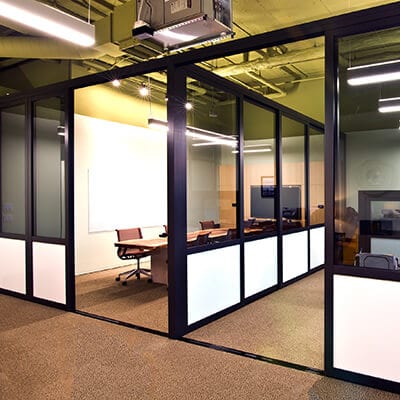
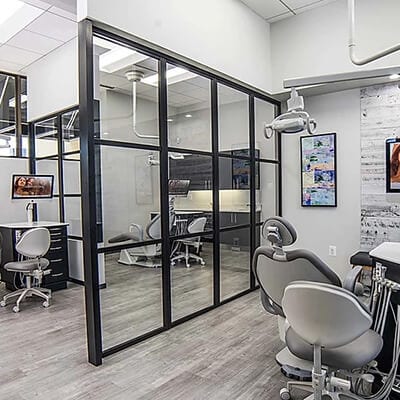 PARTITION WALLS
PARTITION WALLS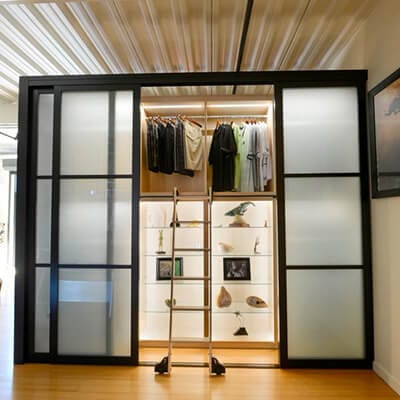 CLOSET DOORS
CLOSET DOORS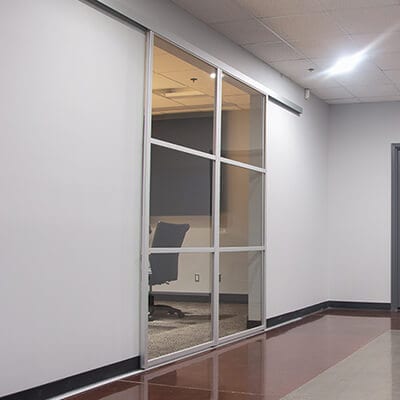 WALL SLIDE DOORS
WALL SLIDE DOORS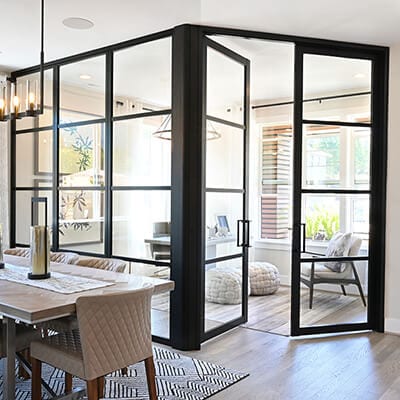 SWING DOORS
SWING DOORS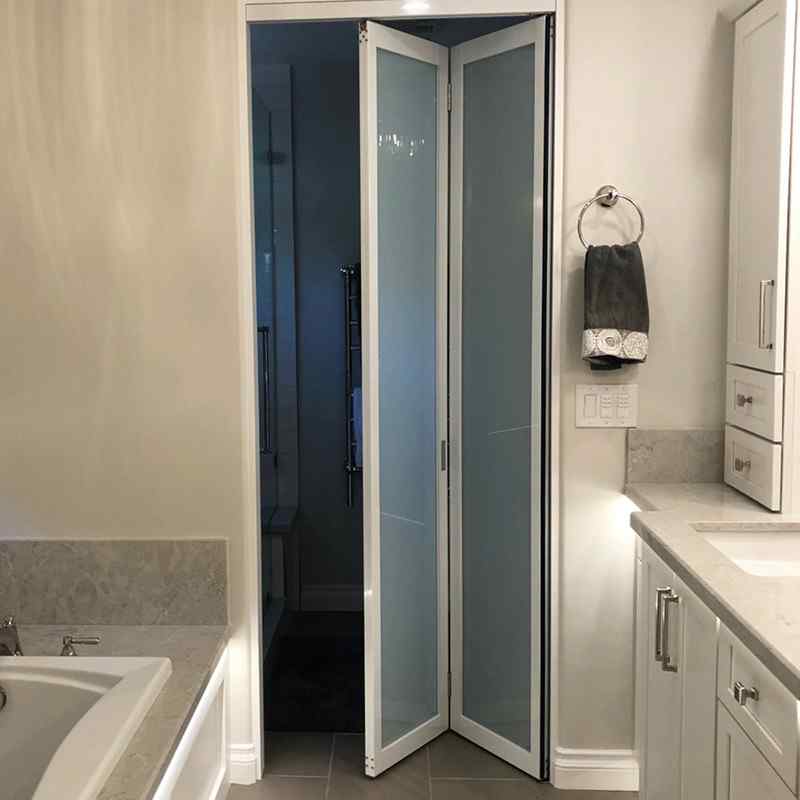 BI-FOLD DOORS
BI-FOLD DOORS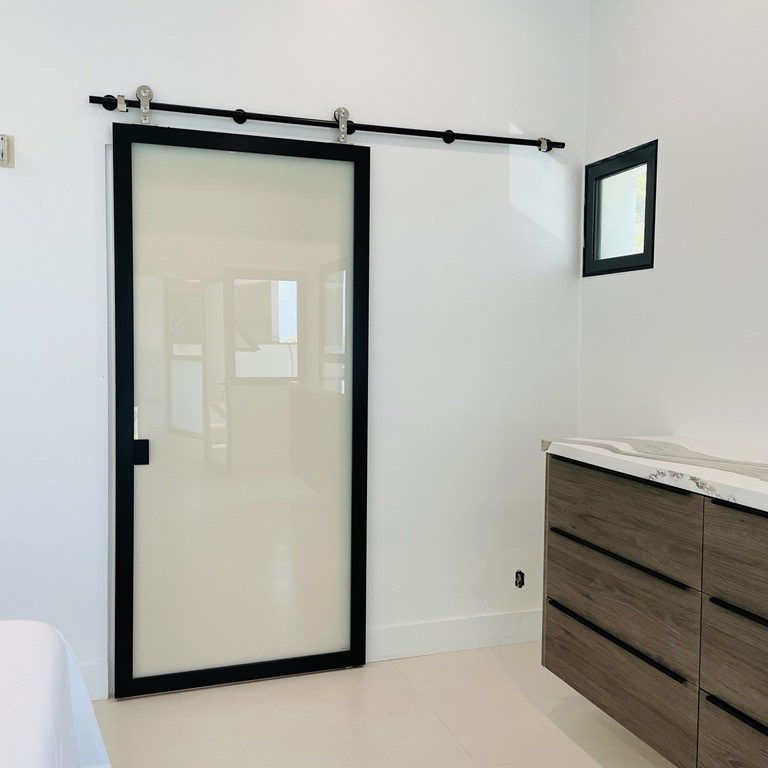 BARN DOORS
BARN DOORS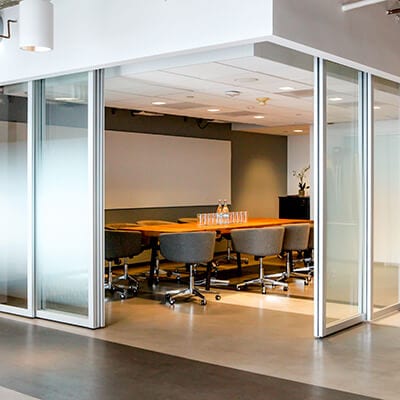 SUSPENDED DOORS
SUSPENDED DOORS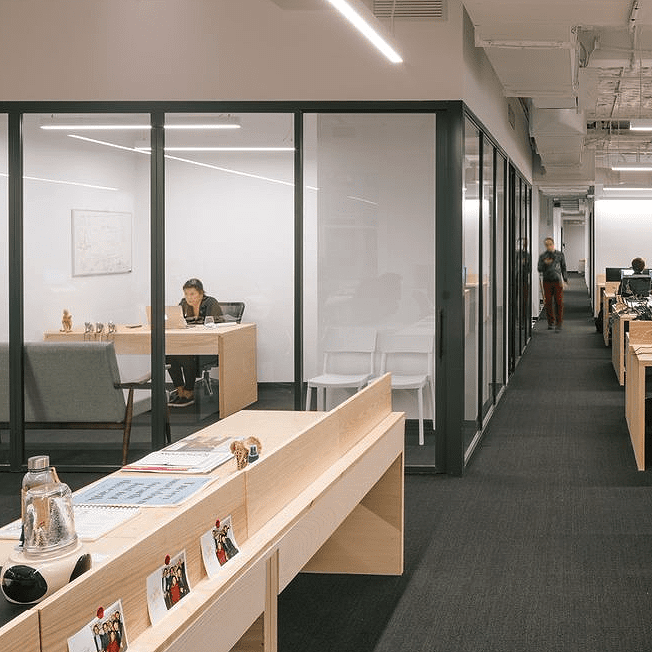
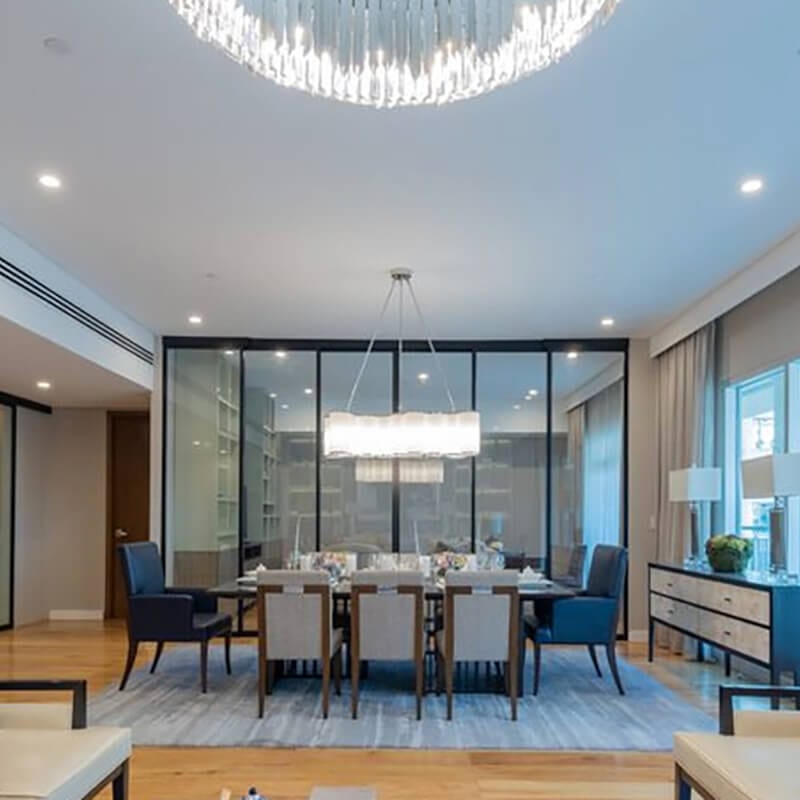 HOSPITALITY
HOSPITALITY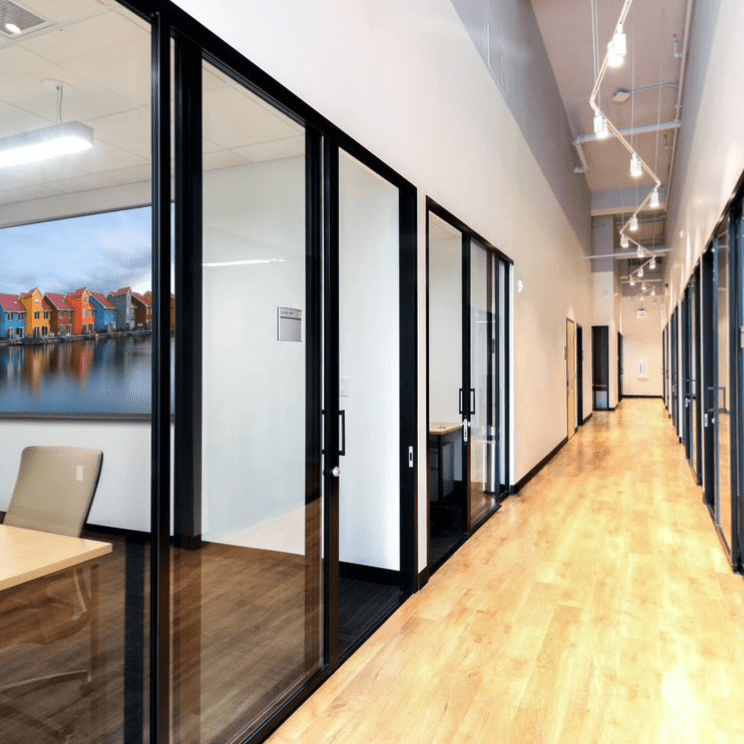 CO-WORKING
CO-WORKING HEALTHCARE
HEALTHCARE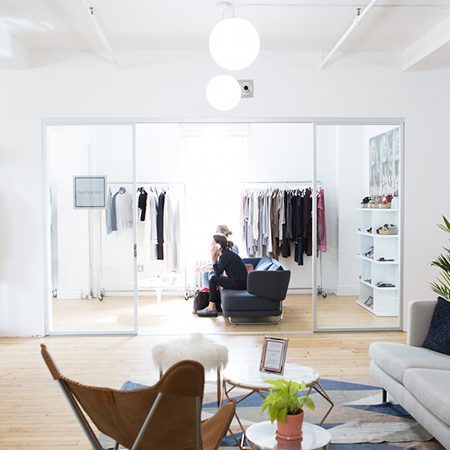 BRICK & MORTAR
BRICK & MORTAR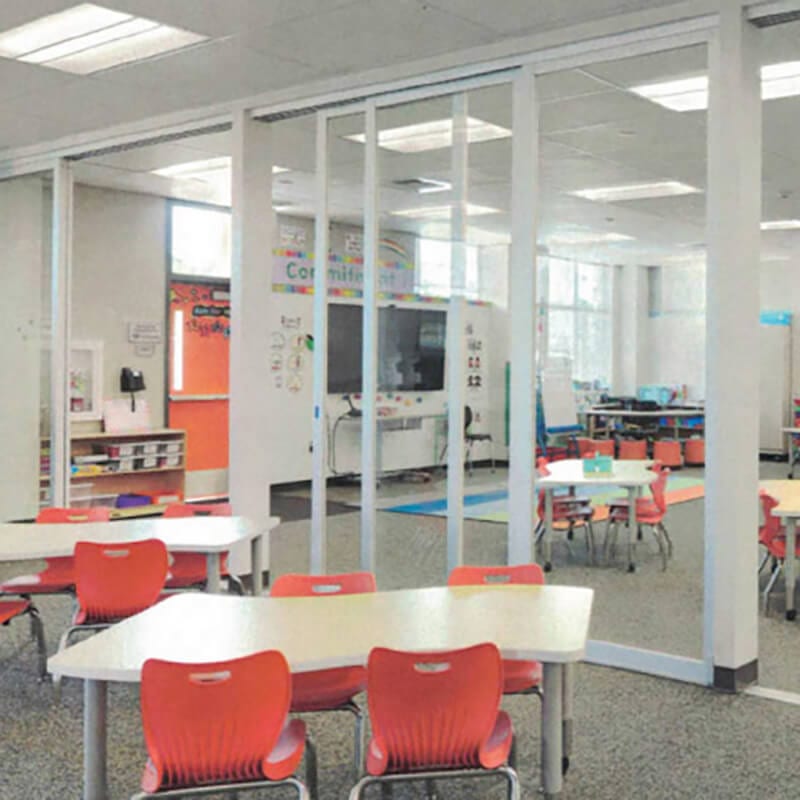 EDUCATION
EDUCATION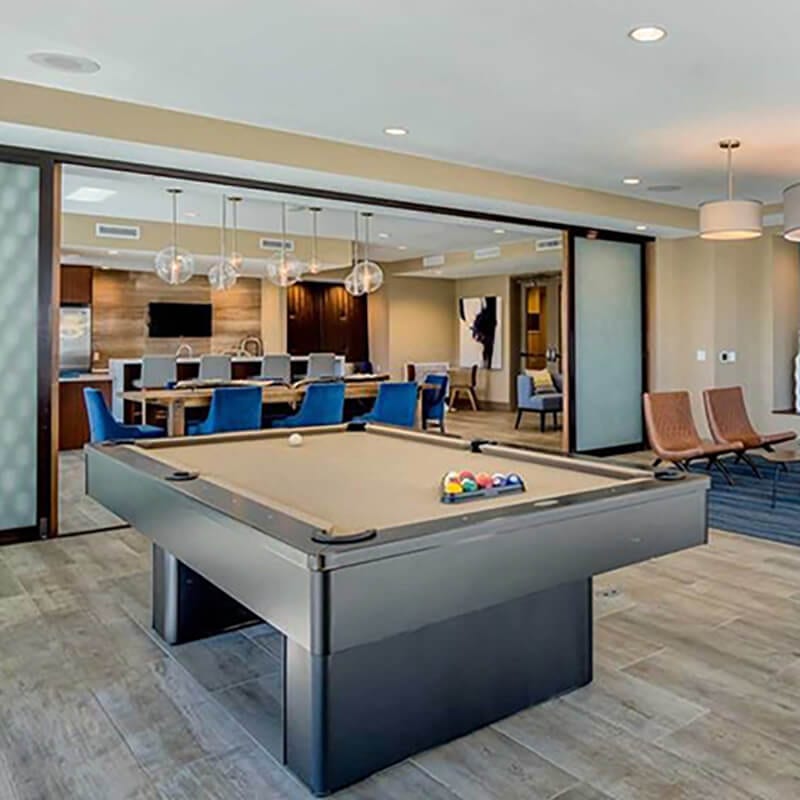 MULTI-FAMILY
MULTI-FAMILY BECOME A TRADE PARTNER
BECOME A TRADE PARTNER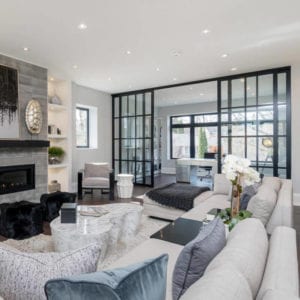
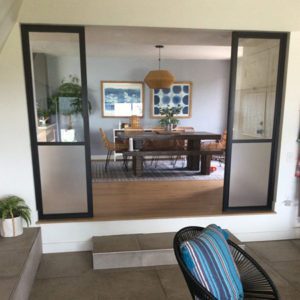 PARTITION WALLS
PARTITION WALLS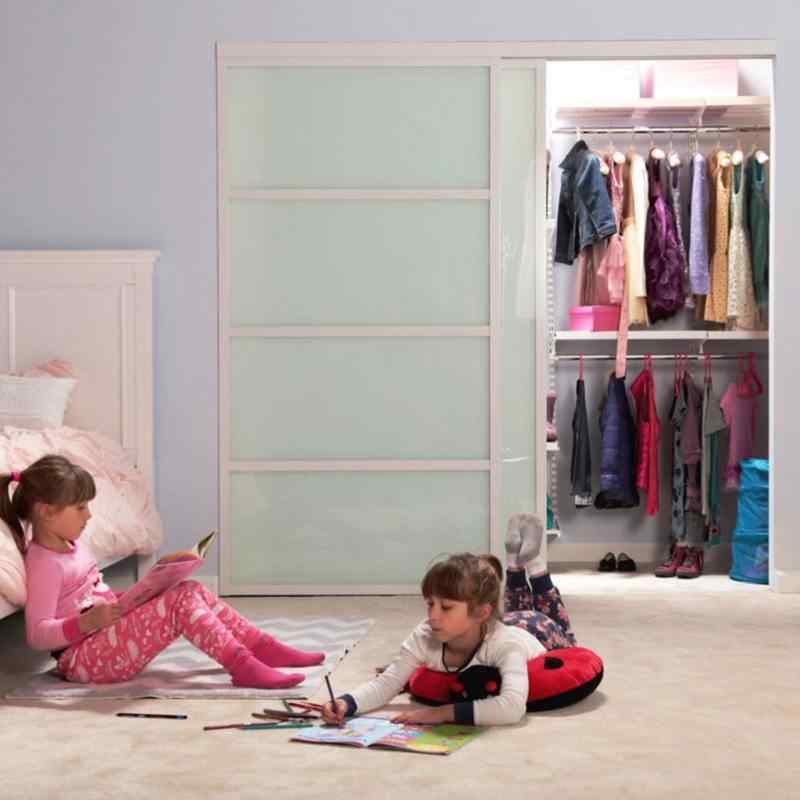 CLOSET DOORS
CLOSET DOORS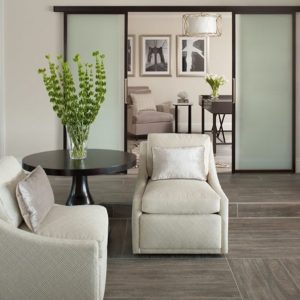 WALL SLIDE DOORS
WALL SLIDE DOORS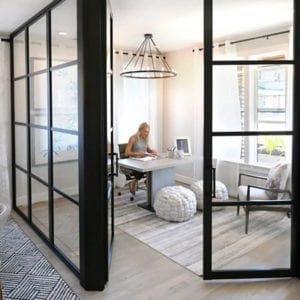 SWING DOORS
SWING DOORS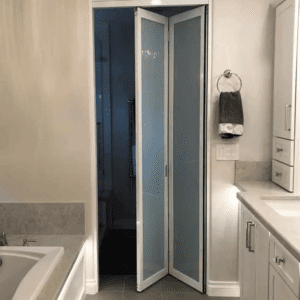 BI-FOLD DOORS
BI-FOLD DOORS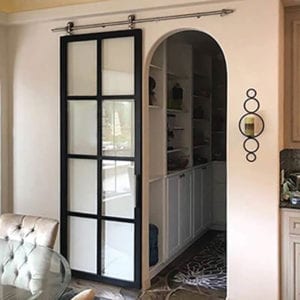 BARN DOORS
BARN DOORS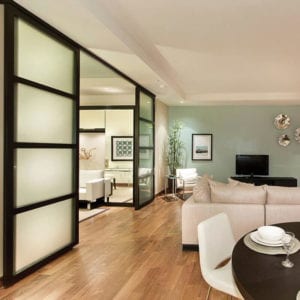 SUSPENDED DOORS
SUSPENDED DOORS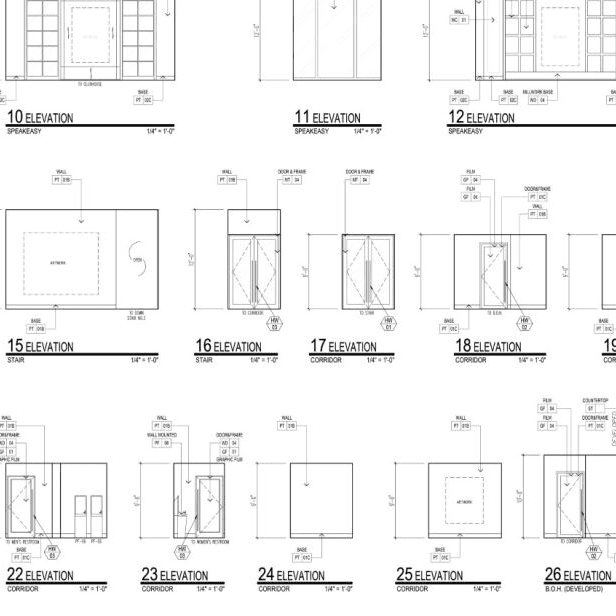

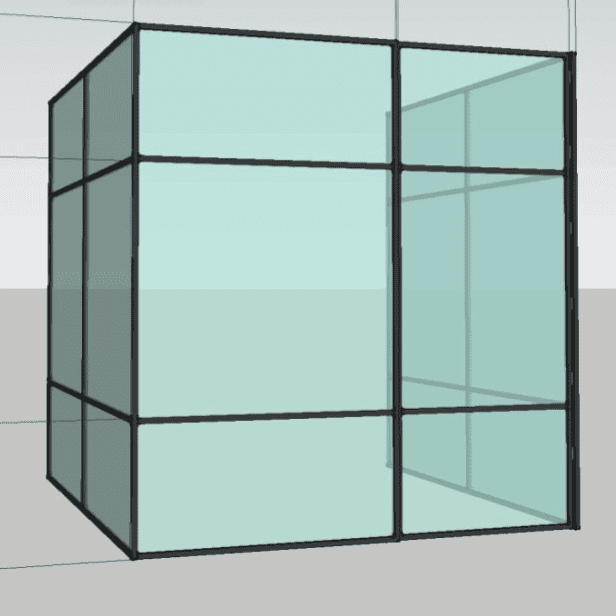
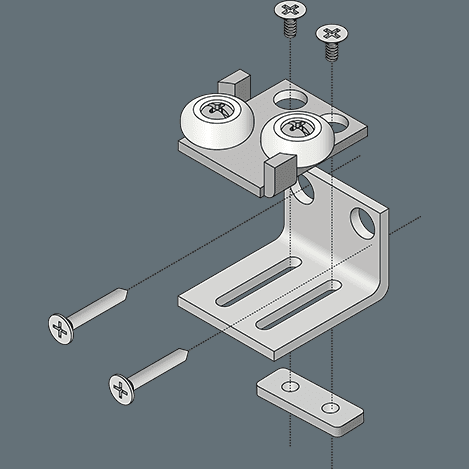
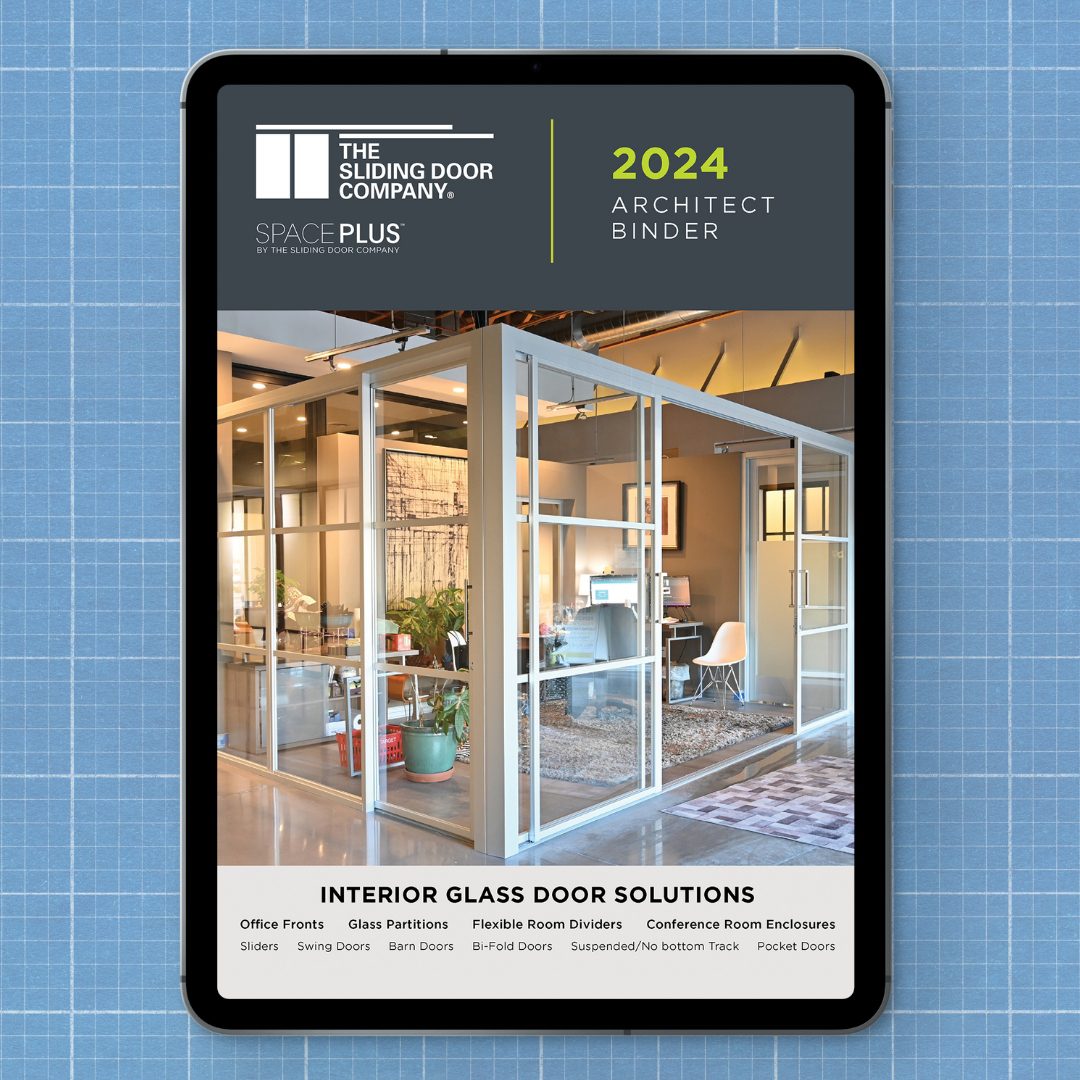
 10 REASONS
10 REASONS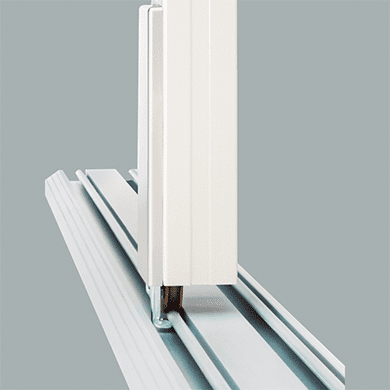 OUR PATENTS
OUR PATENTS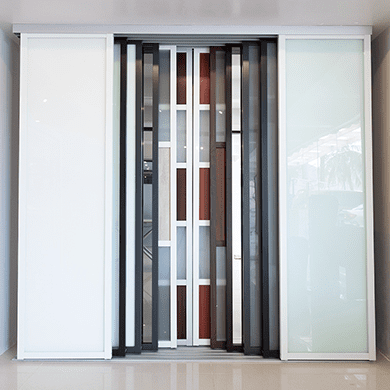 OUR PROCESS
OUR PROCESS OUR WARRANTY
OUR WARRANTY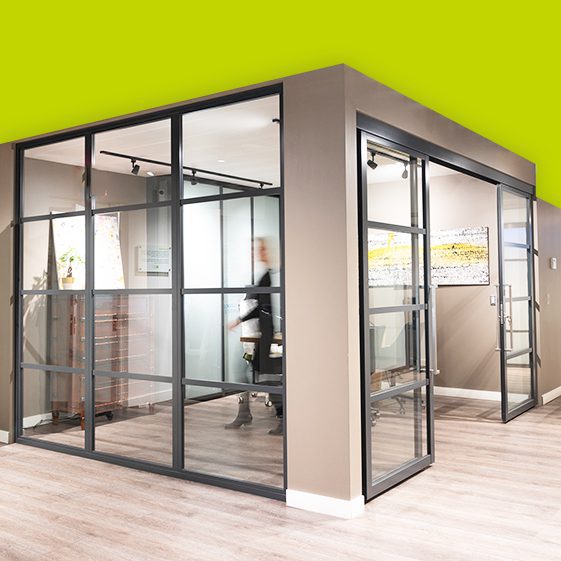 WHO WE ARE
WHO WE ARE CAREERS
CAREERS
